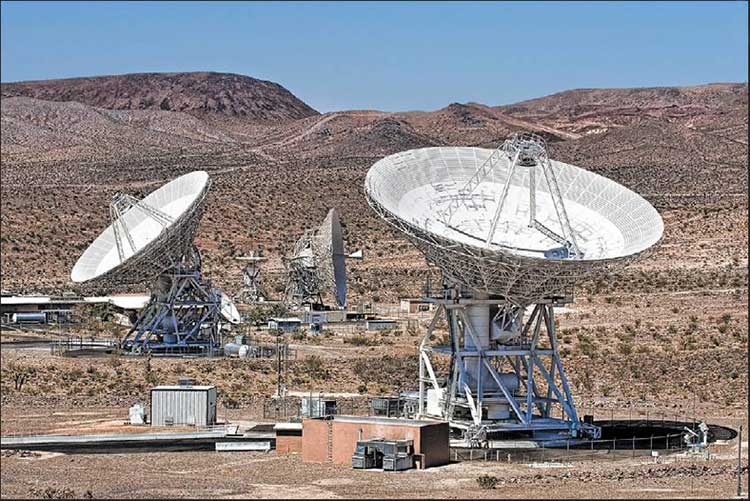Hi,
OK I know this is a bit of a pipe dream, buuuttt.....
Let's say I was able to launch something with a pod on it, and the pod made it into outer-space, and just kept on a course to say, the moon...
what's my best bet for transmitting data from the pod?
maybe just coordinates... or if possible, photographic data aswell?
I assume radio transmission ...
Thanks for any ideas... op:
op:
-Dave
OK I know this is a bit of a pipe dream, buuuttt.....
Let's say I was able to launch something with a pod on it, and the pod made it into outer-space, and just kept on a course to say, the moon...
what's my best bet for transmitting data from the pod?
maybe just coordinates... or if possible, photographic data aswell?
I assume radio transmission ...
Thanks for any ideas...
-Dave




